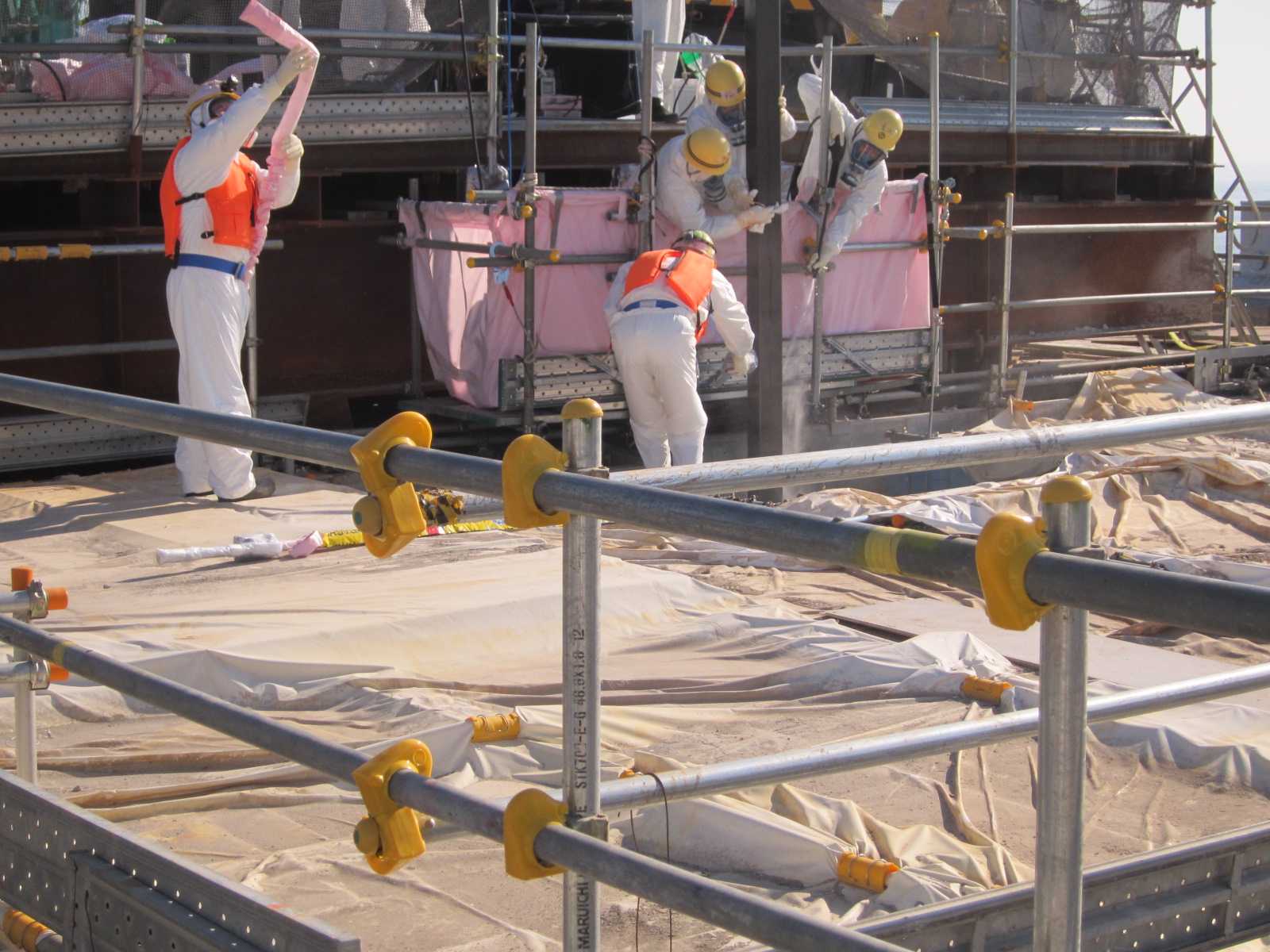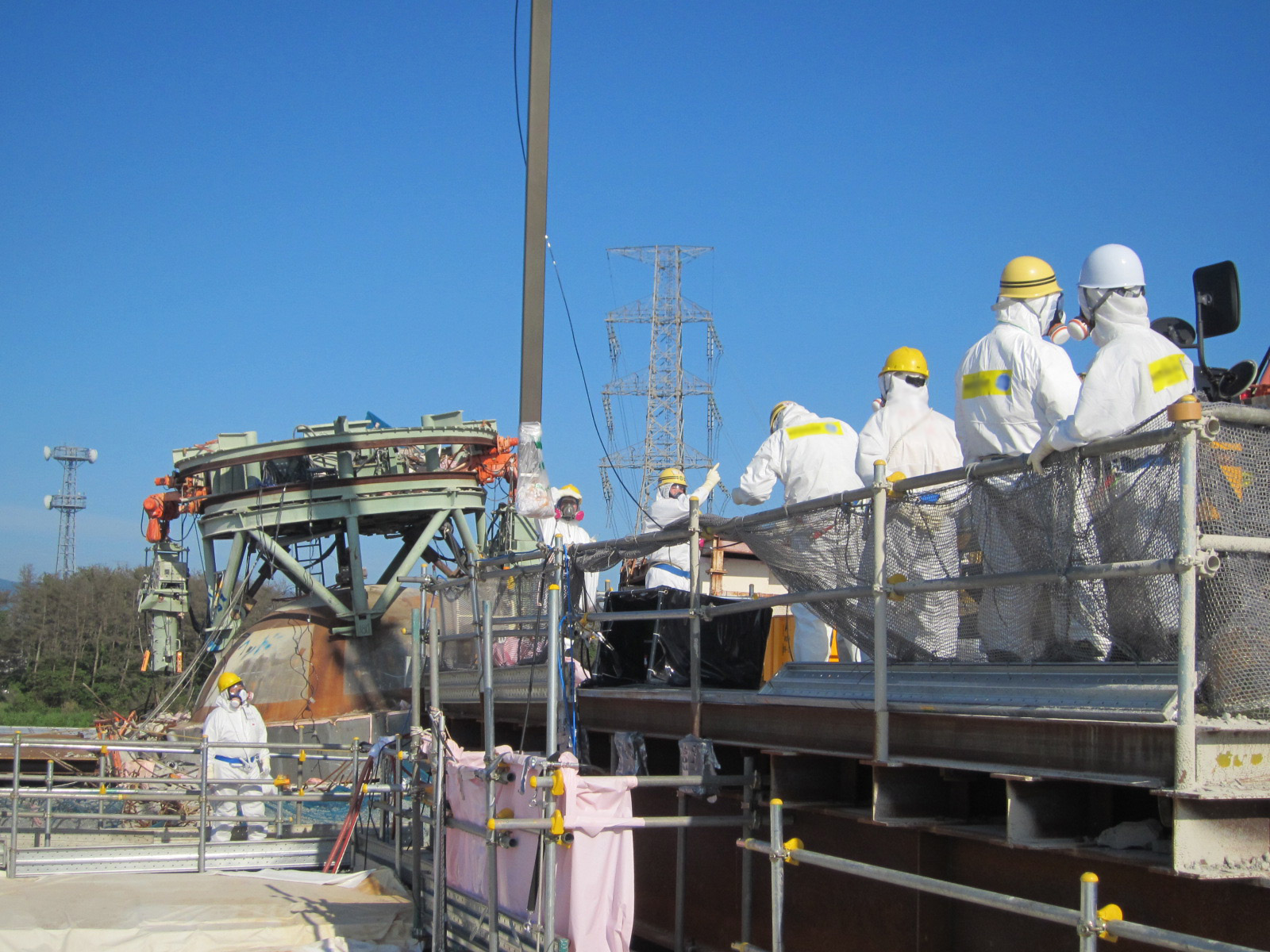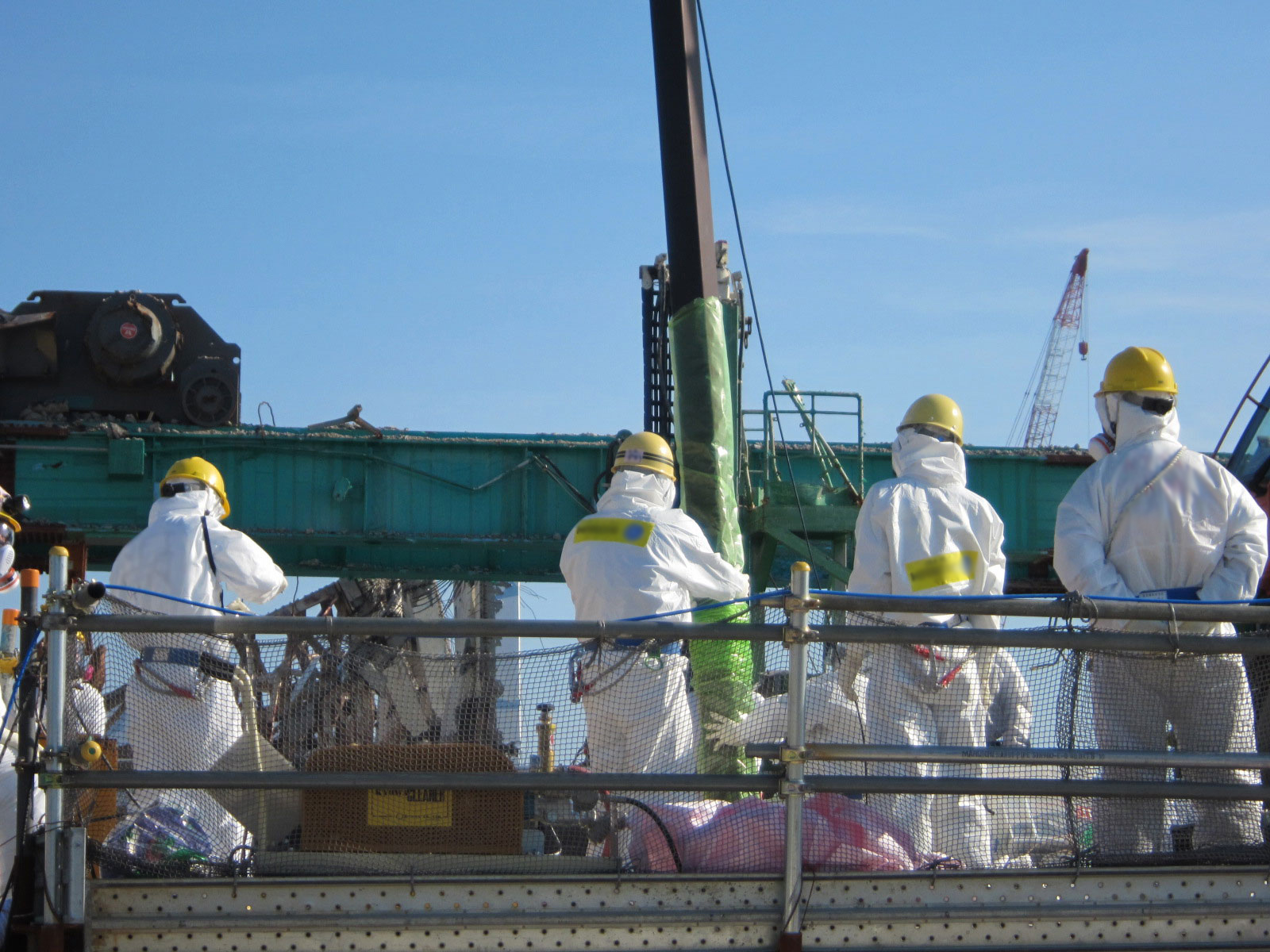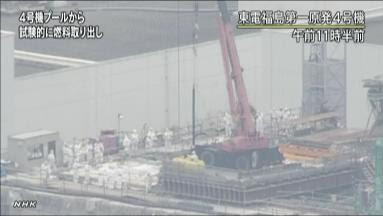I haven't written about the disaster debris disposal for a long time, as it has dwindled into a non-issue in most part of Japan now that the amount of the debris in Miyagi and Iwate Prefectures has turned out to be much, much less than what was predicted. EXCEPT in the cities whose mayors are more than ever determined to bring and burn the debris NO MATTER WHAT.
One such city is Tokyo under the 79-year-old governor Shintaro Ishihara. Another is Osaka City under the boy-wonder mayor Toru Hashimoto who would say and do anything to stay in the news.
Then there is Kitakyushu City, whose mayor Kenji Kitahashi has been on a relentless campaign to shove the debris on the residents. His latest antics: Educate elementary school children and junior high school pupils so that they will tell their parents how safe and wonderful it is to bring the disaster debris all the way to their city in Kyushu Island and burn it.
Some Kitakyushu City's parents were outraged when they found out about this education pamphlets. Here's a copy of the pamphlet for 4th to 6th graders in elementary schools, tweeted here:

The pamphlet is full of misleading information and half-truths.
What is "disaster debris disposal"?
More than one year has passed since the March 11, 2011 disaster but there are still large piles of debris in the disaster affected areas. [The picture shown is probably more than one year old.] People in the disaster-affected areas want the debris to be removed as soon as possible. [Not true. Iwate Prefecture officials are on record saying they are considering shipping the debris to Kitakyushu City because the city has asked for it; otherwise, they say, there is no problem disposing it in Iwate.] It is necessary for everyone to help in disposing the debris. Kitakyushu City has decided to help by accepting the flammable debris for the sake of people who are suffering in the disaster-affected areas.
In the middle segment titled "2. There is no effect on health or the environment even if the debris is burned" ("No immediate effect" perhaps? a la Mr. Yukio EdaNO):
We have been receiving the radiation, even if it is invisible, from the universe, soil, air, and food. This time, the city consulted with the experts and decided to accept the debris. The amount of radiation from the debris does not affect your health or environment.
And in fine print, as if to further impress the youngsters on the cleansing effect of burning the debris, it mentions numbers:
Air radiation levels before the debris test burning: Kokura Kita-ku 0.08 microsievert, Moji-ku 0.10 microsievert.
Air radiation levels after the debris test burning: 0.06 to 0.07 microsievert
Wow, burning the debris lowered the radiation levels! (Professor Hayakawa would be pleased.)
In the last segment titled "3. Let's prevent baseless rumors", it says:
What's worrisome in accepting the disaster debris is the baseless rumor against produce in Kitakyushu City, residents of Kitakyushu City, and against Kitakyushu City in general. In order to prevent the baseless rumor, Kitakyushu City is providing the correct facts. The safety of the debris and of the disposal process will be announced on the city's homepage and pamphlets. It is important to make a correct judgment, without distracted by the wrong information about the debris.
As residents of Kitakyushu City, let's learn more about the debris disposal, and let's pray that the towns and schools affected by the disaster will be back to normal as soon as possible.
And look at the cute little three boys. I could almost tell what they are saying. The middle boy is saying:
"But my parents say burning the debris is dangerous, because it's not just radioactive materials but also toxic industrial materials on the debris..."
The other two boys are telling the middle boy,
"Don't be absurd, that's called "baseless rumor"! We have to help those poor children up in Iwate who are suffering. We must tell our parents to shut up and do what the teachers and the mayor of the city say!"
Or it could be the other way around: The middle boy is telling the other two to calm down, and telling them there is no danger.
According to the togetter about Kitakyushu City's pamphlets, school principals were instructed by the mayor and the city's Board of Education to speak positively about accepting and burning the disaster debris in Kitakyushu City at the end-of-semester ceremony before the summer break (most likely it was on July 20). Here's one of the tweets in the togetter:
昨日、学校長に終業式で小4以上に「がれきの受け入れは良いことをしたのだと生徒に話すように」と繰り返し話すことと、北橋市長が伝達したと聞いた。我が家は中学生なので、どうかな?と思っていたが、やはり今日の終業式で、その話が出たそうだ。
The other day, I heard that school principals were instructed by Mayor Kitahashi to repeatedly tell pupils from 4th graders on at the end-of-semester ceremony that "to accept the disaster debris is to do a good thing". Our child is in junior high school, so I wondered if they do that in junior high school also. Sure enough, [my daughter] said the principal talked about that in the ceremony today [July 20].
Mayor Kitahashi has his own website where he posts his reasoning for accepting the debris in English. If you care to read it, it is here.
Why doesn't the mayor come outright and say "I want the disaster debris for the money it brings to the city, and the business concessions it will bring to the city"?
By the way, asbestos and mercury have been detected in municipal incineration plants in Setagaya-ku, Tokyo that have been mixing the disaster debris from Onagawa City, Miyagi with the household garbage and burning the mixture. Hexavalent chromium and arsenic have also been detected in the disaster debris in the amount that exceeds the limit set by the regulations.
No matter. All is safe, and all to help "recovery" that is non-existent.














 Tokyo Time
Tokyo Time
![[Most Recent Quotes from www.kitco.com]](http://www.kitconet.com/charts/metals/gold/t24_au_en_usoz_2.gif)

